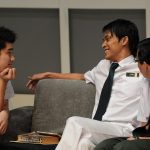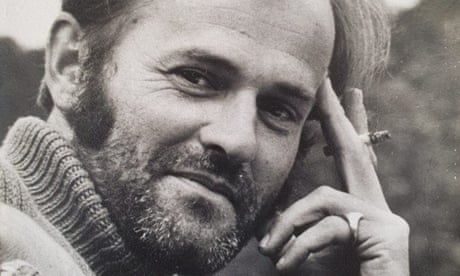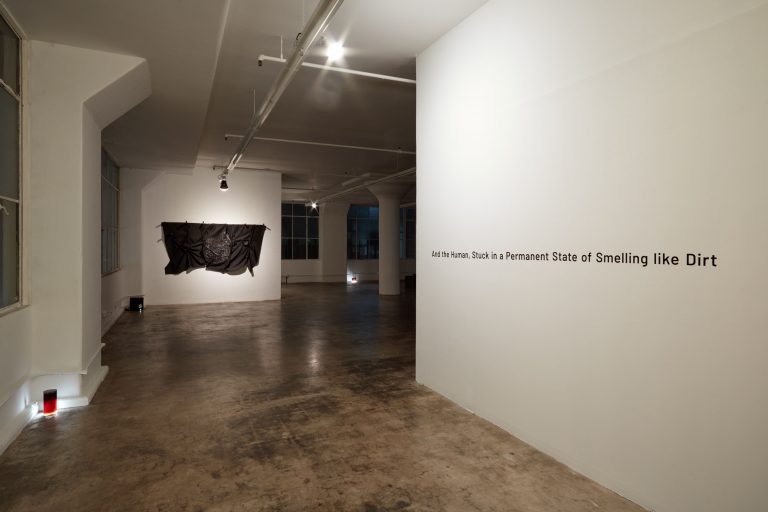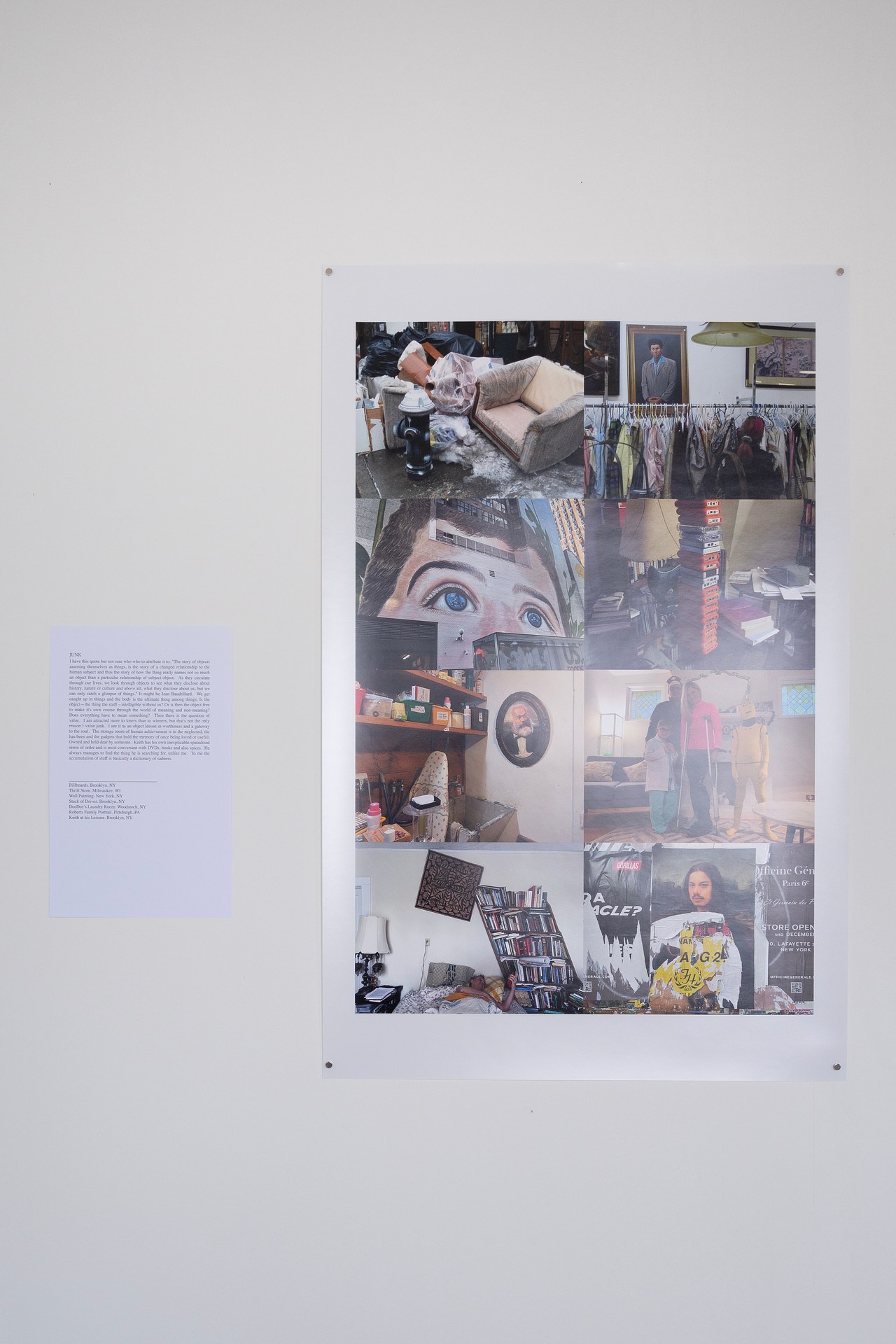The Sculpture
2019 - Film & Video (Film & Video)
25:00 minutes
Musquiqui Chihying
The Sculpture by Musquiqui Chihying comprises a two-channel lecture performance and a photograph. The video begins with 2017 footage of French president Emmanuel Macron announcing his commitment to the restitution of French-held African objects looted during the colonial era. Moving through the video, the artist’s voice narrates over archival images and videos, explaining how so many African artifacts came into the possession of European museums. The video then returns to the present with an account of the collecting habits of Mr. Xie Yanshen, a Chinese philanthropist with a penchant for African art who has donated some 5,000 items to the National Museum of China, and who serves as director of his private International Museum of African Art in Lomé, Togo. In the final minutes of the video, Chihying plays the role of a young Xie, dressed in a smart suit, surveying photographs of artworks. In the staged photograph, Chihying imitates a well-known image of the art theorist André Malraux standing over numerous photographs of artworks, a visualization of Malraux’s idea of the “Imaginary Museum”. The artist’s choice of Malraux as a model is significant because he was a Leftist intellectual who also stole artifacts from Angkor Wat. As a public figure at a time when overt colonialism was being dismantled, Malraux represents better intentions than the Orientalism of the past, yet cannot be considered an entirely positive figure. Enabled by rising globalization and the advent of photography in the 20th century, newly profitable juxtapositions between disparate artworks divorced African artworks from their original cultural, geographical, and historical contexts, allowing them to become ‘abstract entities’ in art history. Reflecting on ancient and modern interactions between China and Africa through the lens of historical objects, The Sculpture questions how aesthetic dynamics might be altered if the historically European power of selection is replaced with Chinese control. A boom in Chinese government-led investment in Africa over the past decade—though resulting in demonstrable improvements in infrastructure in parts of the continent—has stoked global fears of Chinese neo-colonialism. Chihying’s work examines how the rise in Chinese power might influence the reception, production, study, and exhibition of African art objects and of aesthetics more generally.
Through his artistic career, Musquiqui Chihying has striven to dislocate and reconstruct established modes of behavior within systems and structures of power. In his recent work, Chihying turns to historical research to explore the shifting ideological attachments of three different regions—Europe, Africa, and East Asia—in an increasingly globalized world.
Colors:
Related works sharing similar palette

© » LONDONIST
The National Portrait Gallery's Pavilion Cafe | Londonist That Kiosk Outside The National Portrait Gallery Is About To Reopen As A Cafe By Will Noble Will Noble That Kiosk Outside The National Portrait Gallery Is About To Reopen As A Cafe The former ticket booth opens as a cafe on 1 November 2023...

© » KADIST
Catherine Opie
1994Although best known as a provocateur and portraitist, Opie also photographs landscapes, cityscapes, and architecture...

© » KADIST
Kelley Walker
2004The triptych Black Star Press is part of the series ‘The Black Star Press project’ initiated in 2004 by the American artist Kelley Walker...

© » ARTS EQUATOR
Air Con: Who Do You Want To Be When You Grow Up? | ArtsEquator Thinking and Talking about Arts and Culture in Southeast Asia ArtsEquator Viewpoints October 8, 2021 By Dhinesha Karthigesu (1,330 words, 5-minute read) Who do you want to be when you grow up? At the end of the play AIR CON , the character William (Nick Davis) asks the character Asif (Ryan Lee Bhaskaran) this question...

© » LENS CULTURE
Sanctuary and Abjuration: Sentinels of the Ghostwood - Photographs by Anne Eder | Exhibition review by Liz Sales | LensCulture Feature Sanctuary and Abjuration: Sentinels of the Ghostwood In an imaginative exhibition on view in Philadelphia, Anne Eder invites visitors into an uncanny, sensorial world of images, sculptures and smells, crafted from her forages in local woodlands...

© » KADIST
Shimon Minamikawa
2014In Play , the image comes from a fashion magazine from the 1950’s (USA) whose theme is costume sportswear from the 19th century...

© » KADIST
Women Art Revolution Alicia Smith, Amapola Prada, Claudia Joskowicz, Clarisse Hahn, Fang Lu, Laura Huertas Millán, Lynn Hershman Leeson, siren eun young jung Women Art Revolution draws a selection of works from the KADIST collection that aim to initiate conversations around women’s issues, feminism, and feminist art...

© » KADIST
Cameron Rowland
2014Rowland’s minimal installations require a focus not on the objects themselves, but on the conditions of their creation, use, and distribution...

© » KADIST
Tobias Fike & Matthew Harris
2013Facing one another, each projection screen of the work Food Fight respectively features Tobias Fike and Matthew Harris preparing multi-course meals at a kitchen counter...

© » ARTNEWS RETROSPECTIVE
Howardena Pindell on the Exclusion of Black Artists in the 1980s – ARTnews.com Skip to main content By Alex Greenberger Plus Icon Alex Greenberger Senior Editor, ARTnews View All January 14, 2021 1:13pm ©ARTnews Over the past several years, museums and galleries have made concerted efforts to show work by Black artists, responding to growing calls for equity...

© » THE GUARDIAN
Jeremy Grayson obituary | Photography | The Guardian Skip to main content Skip to navigation Skip to navigation Jeremy Grayson photographed Shirley Bassey, Sammy Davis Jr and Marlon Brando Jeremy Grayson photographed Shirley Bassey, Sammy Davis Jr and Marlon Brando Obituary Jeremy Grayson obituary My father, Jeremy Grayson, who has died aged 90, was a professional photographer who worked over the years for clients including the BBC, Radio Times, Talk of the Town and the London Palladium...

© » KADIST
Claudia Joskowicz
2007The primary interest in the trilogy is Joskowicz’s use of cinematic space, with long tracking shots that portray resistance to habitual viewing experiences of film and television...

© » KADIST
Jonas Bendiksen
2021For his project Book of Veles artist Jonas Bendiksen travelled to the small city of Veles in North Macedonia, inspired by a series of press reports starting in 2016, that revealed Veles as a major source of the fake news stories flooding Facebook and other social media sites celebrating Donald Trump and denigrating Hillary Clinton...







